The history of philately begins with early postal systems. These systems were essential for communication before the advent of stamps. In ancient times, messages were carried by couriers over long distances.
The cost of sending mail was often determined by distance and weight. This method was inefficient and prone to errors. As postal services expanded, the need for a standardized system became evident. The introduction of postage stamps addressed these challenges effectively.
In The Early Days
Philately, derived from the Greek words “philos” (meaning “love”) and “ateleia” (meaning “tax exemption”), refers to the collection and study of postage stamps and postal history. The term reflects the idea that postage stamps signify prepayment of postal fees, effectively exempting the recipient from the burden of paying for mail delivery.
This concept connects philately with the historical role of taxes, as early systems of postage often involved the recipient paying for the delivery, akin to a tax. The introduction of postage stamps marked the shift to a prepaid system, thus eliminating this “tax” on recipients.

The Stamp Act of 1765 was a law passed by the British Parliament that required American colonists to pay a tax on a wide range of printed materials, including newspapers, legal documents, and playing cards. The tax was to be paid through the purchase of specially embossed paper, known as revenue stamps, which were affixed to these documents.
This was one of the first direct taxes imposed on the American colonies, leading to widespread protest as many colonists viewed it as taxation without representation. The Stamp Act played a significant role in escalating tensions between Britain and the colonies, contributing to the events that eventually led to the American Revolution.
Before the widespread use of postage stamps for mail delivery in 1840, revenue and tax stamps were commonly used for documenting payments of taxes and fees on various legal documents, products, and services. Revenue stamps were distinct from postage stamps because their primary function was not to indicate payment for the transportation of mail, but rather to represent taxes paid on goods such as tobacco, alcohol, legal documents, and even medicines.
Local & Private Postal Systems

Before the U.S. Post Office was fully organized, there were various private postal services in operation. In urban areas, private carriers, often referred to as “local posts,” provided mail delivery services within a city or region.
These local posts often issued their own stamps or labels to indicate payment for mail carriage, which could be purchased by senders. Local carriers were essential for moving mail over short distances and providing services in areas where the U.S. Post Office had not yet expanded.
Private mail services, such as those operated by Adams Express Company and other express companies, were particularly important for transporting parcels, money, and letters before the advent of reliable government services. These companies charged varying rates depending on distance, speed, and the type of item being transported. Though private services like these were instrumental in early mail delivery, they were often costly and catered primarily to business clients.
The World’s First Postage Stamp

The advent of postage stamps in the mid-19th century revolutionized the postal system by creating a standardized system of payment for mail delivery. The first postage stamp, the Penny Black, was introduced in the United Kingdom in 1840, and other countries quickly followed suit.
Sir Rowland Hill was instrumental in the development of the Penny Black. His efforts in postal reform significantly shaped modern philately. Hill’s 1837 pamphlet, “Post Office Reform: Its Importance and Practicability,” outlined his vision. He proposed a uniform postage rate and prepayment through stamps.
Hill’s ideas faced resistance from traditionalists within the postal system. However, his persistence led to the adoption of his reforms. The success of the Penny Black validated Hill’s innovative approach.
Postage stamps provided a uniform and reliable way to prepay for mail delivery, eliminating the uncertainty of earlier systems where recipients were often required to pay for incoming mail.

In the U.S., the first postage stamps were issued in 1847, featuring images of Benjamin Franklin and George Washington. These stamps marked the beginning of a new era in American communication, making it easier for individuals and businesses to send letters across the country with confidence.
However, even after the introduction of postage stamps, local carriers and revenue stamps continued to play an important role in mail and document delivery, particularly in areas not yet fully integrated into the government postal network.
The Birth Of Philately
The introduction of the Penny Black led to the global adoption of postage stamps. Countries recognized the benefits of a standardized postal system. Each nation developed unique stamp designs reflecting their culture and identity. The proliferation of stamps marked the beginning of philately as a hobby.
Collectors sought stamps from different countries, appreciating their artistic and historical value. The history of philately is deeply intertwined with global communication.
Formation Of Philatelic Societies
Philatelic societies emerged to support and promote stamp collecting. These organizations provided a platform for enthusiasts to connect. Members exchanged stamps, knowledge, and experiences. Societies organized exhibitions to showcase notable collections.

The first philatelic society, the Philatelic Society of London, was established in 1869, marking a formal organization for stamp collectors and enthusiasts. This society, which later became the Royal Philatelic Society London, aimed to promote the study and appreciation of postage stamps and postal history.
As the hobby of stamp collecting gained popularity during the 19th century, the society provided a platform for collectors to share knowledge, exchange stamps, and discuss the historical and cultural significance of philately. Its establishment helped solidify philately as a serious and scholarly pursuit, fostering a global community of enthusiasts.
The World’s Most Popular Hobby

Stamp collecting gained popularity in the 19th century, becoming a widespread hobby. Collectors were captivated by the artistic and historical aspects of stamps. The history of philately reflects this burgeoning interest. People from diverse backgrounds engaged in this accessible pastime.
Stamp collecting offered both educational and recreational benefits. It provided insights into different cultures and historical events. The hobby quickly attracted a dedicated global following.
Collecting stamps also offered a form of entertainment. Before the internet, television, and even radio, there were limited activities to pass the time, especially indoors. Plus, postage stamps were highly available to most people, being that the main form of communication was by letters and postcards.
The First Stamp Show

The first philatelic exhibition was held in Vienna, Austria, in 1881, marking a significant milestone in the history of stamp collecting. Organized by the Austrian Philatelic Society, the event allowed collectors to showcase their rare and valuable stamps to the public.
This exhibition set the precedent for future philatelic events, where enthusiasts could not only display their collections but also engage with others in the study and appreciation of postage stamps and postal history. The success of this exhibition helped boost the popularity of philately, leading to the establishment of more exhibitions and fairs worldwide in subsequent years.
Historical Documentation
Stamps serve as miniature records of historical events and milestones. They commemorate achievements, anniversaries, and cultural heritage. Philately helps preserve these moments for future generations. Collectors play a vital role in maintaining and documenting stamps.
Their efforts ensure that historical stamps remain accessible and appreciated. Museums and archives also contribute to preservation efforts. They house extensive collections and provide educational resources. The history of philately is intertwined with the preservation of history.
Prominent Philatelists
Several philatelists have made significant contributions to the hobby. Their efforts have enriched the history of philately.
1. King George V (1865–1936)

One of the most famous royal philatelists, King George V of the United Kingdom, was an avid stamp collector. His passion for philately was well-known, and he amassed an impressive collection, which later became part of the British Royal Philatelic Collection. King George V’s dedication to the hobby elevated the prestige of philately, inspiring others to take up stamp collecting.
His collection remains one of the largest and most significant in the world, containing rare and valuable stamps from various British colonies and other countries.
2. Franklin D. Roosevelt (1882–1945)

Franklin D. Roosevelt, the 32nd President of the United States, was a passionate philatelist whose love for stamp collecting began during his childhood and continued throughout his life. Roosevelt often turned to his collection as a form of relaxation, particularly during the stressful periods of his presidency.
His interest in stamps went beyond mere collecting; he was involved in the design of several U.S. stamps issued during his time in office, personally reviewing designs and giving suggestions. Roosevelt’s prominence as both a world leader and a philatelist helped popularize stamp collecting in the United States and around the world. His collection of over 1.2 million stamps remains a testament to his deep connection with the hobby and his lasting influence on the philatelic community.
3. John Edward Gray (1800–1875)

John Edward Gray, a British zoologist and an early philatelist, is credited with being one of the first to recognize the historical and cultural importance of postage stamps. He began collecting stamps shortly after the introduction of the world’s first postage stamp, the Penny Black, in 1840.
Gray’s efforts to catalog and study stamps helped establish philately as a serious academic pursuit. He also contributed to the development of stamp collecting as a hobby, creating a foundation for the modern study of postal history.
4. Ferrary (Philippe von Ferrari) (1850–1917)

Philippe von Ferrari, known simply as Ferrary, was one of the most renowned stamp collectors of all time. Born into a wealthy aristocratic family, he used his resources to build one of the largest and most valuable philatelic collections in history.
Ferrary’s collection included some of the rarest and most famous stamps, such as the British Guiana 1c Magenta and the Mauritius “Post Office” stamps. After his death, his collection was auctioned off in a series of sales that made headlines around the world, and many of his stamps now reside in museums or private collections.
5. Stanley Gibbons (1840–1913)

Stanley Gibbons was a British philatelist and founder of the world-famous Stanley Gibbons Limited, a leading dealer in stamps and philatelic literature. Gibbons’ passion for stamps began in the 1860s when he started selling rare stamps from his father’s chemist shop in Plymouth, England.
Over time, his business grew, and he became a key figure in the philatelic world. Stanley Gibbons’ catalogs, first published in 1865, are still considered authoritative reference guides for stamp collectors worldwide.
Preserving The History Of Philately

Stamps serve as miniature records of historical events and milestones. They commemorate achievements, anniversaries, and cultural heritage. Philately helps preserve these moments for future generations. Collectors play a vital role in maintaining and documenting stamps.
Their efforts ensure that historical stamps remain accessible and appreciated. Museums and archives also contribute to preservation efforts. They house extensive collections and provide educational resources. The history of philately is intertwined with the preservation of history.
Popular Culture

Philately has left a lasting impact on popular culture. Stamps have inspired art, literature, and media. They appear in films, books, and other creative works. The hobby has also influenced fashion and design.
Stamp motifs are often incorporated into clothing and accessories. Philately’s cultural significance extends beyond collecting. It reflects broader societal trends and values. The hobby continues to inspire and engage people worldwide. Its influence is evident in various aspects of contemporary culture.
Political & Social Messaging
Stamps have long served as instruments for political and social messaging. Governments use them to convey national values and priorities. Stamps often commemorate significant political events and leaders. They highlight social issues and cultural achievements. This practice allows countries to project their identity globally. Stamps can influence public perception and foster national pride. They serve as miniature ambassadors, representing a nation’s ideals.
National Identity
Stamps play a crucial role in promoting national identity. They often feature symbols and icons unique to a country. These elements reflect a nation’s heritage and cultural values. Stamps celebrate achievements in science, art, and sports. They honor historical figures and milestones. By showcasing these aspects, stamps reinforce national identity. They provide a visual narrative of a country’s history and aspirations.
The Digital Age
The digital age has transformed philately in numerous ways. Online platforms have expanded access to stamps and information. Collectors can now connect with others worldwide through digital communities. These platforms facilitate the exchange of knowledge and resources.
Online auctions have revolutionized stamp trading. They provide a convenient and efficient marketplace for collectors. Digital tools enhance the philatelic experience, offering new opportunities.
Advancements In Design & Production

Initially, stamps were produced using hand-engraving techniques. This method required skilled artisans to create detailed designs. Each stamp was a testament to the engraver’s craftsmanship.
However, hand-engraving was time-consuming and labor-intensive. As demand for stamps increased, efficient production methods became necessary. The introduction of machine printing revolutionized stamp production. This innovation allowed for faster and more consistent output. Machine printing enabled the mass production of stamps, meeting the growing demand.
Multicolored Stamps
The development of multicolored stamps marked a significant advancement in design. Early stamps were typically monochromatic, limiting artistic expression. Advances in printing technology allowed for the use of multiple colors. This innovation enhanced the visual appeal of stamps. Multicolored stamps became popular among collectors and the general public.
Commemorative stamps also emerged during this period. These stamps celebrated significant events, individuals, and cultural milestones. They served as a means of honoring and preserving history.
Materials & Printing
Stamp production has evolved significantly over the years. Initially, stamps were printed on paper using basic inks. Advances in materials and techniques have expanded the possibilities.
Modern stamps are often printed on specialized paper with security features. These features prevent counterfeiting and ensure authenticity. Techniques such as lithography and photogravure have enhanced stamp quality.
These methods allow for detailed and vibrant designs. The use of digital printing has further revolutionized stamp production. This technology enables precise and efficient printing processes.
Artists & Designers
Artists and designers play a crucial role in stamp creation. They are responsible for translating concepts into visual designs. The design process involves careful consideration of various elements. Artists must balance aesthetics with functionality and symbolism.
Stamps often reflect cultural, historical, and national themes. Designers collaborate with postal authorities to ensure accuracy and relevance. Their work contributes to the cultural and artistic value of stamps. The involvement of renowned artists has elevated stamp design to an art form.
Putting A Stamp On It
From its origins in the mid-19th century with the advent of the first postage stamps to the rise of organized societies, exhibitions, and prominent collectors, philately has developed into a scholarly pursuit and a beloved hobby for millions.
The study and collection of stamps offer not only a window into the past but also a means of connecting people across borders and generations. As philately continues to evolve with modern technology and digital tools, it remains a significant way of preserving history, celebrating creativity, and fostering global connections through the small, yet powerful, medium of postage stamps.
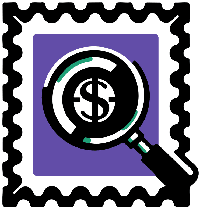
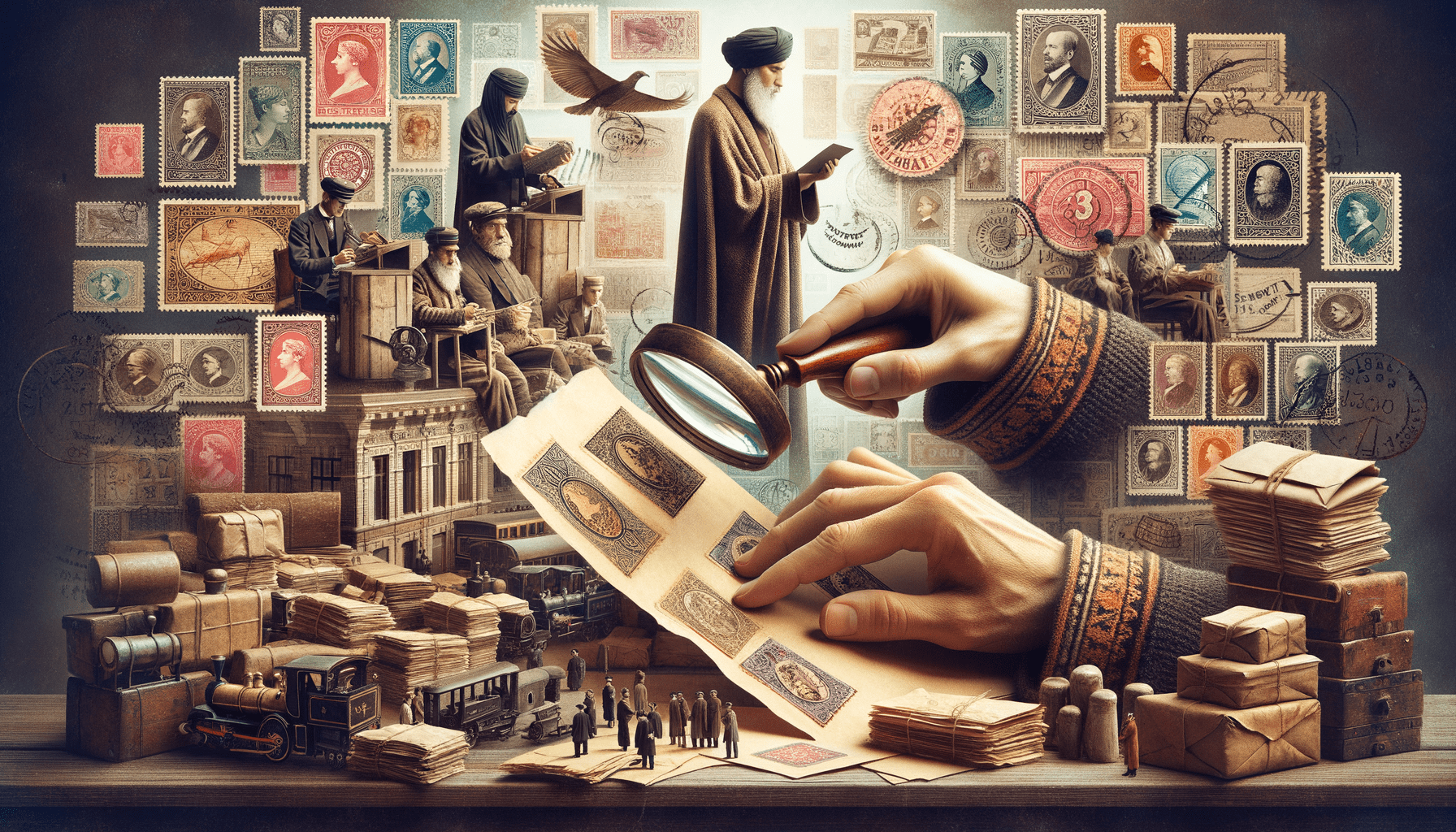





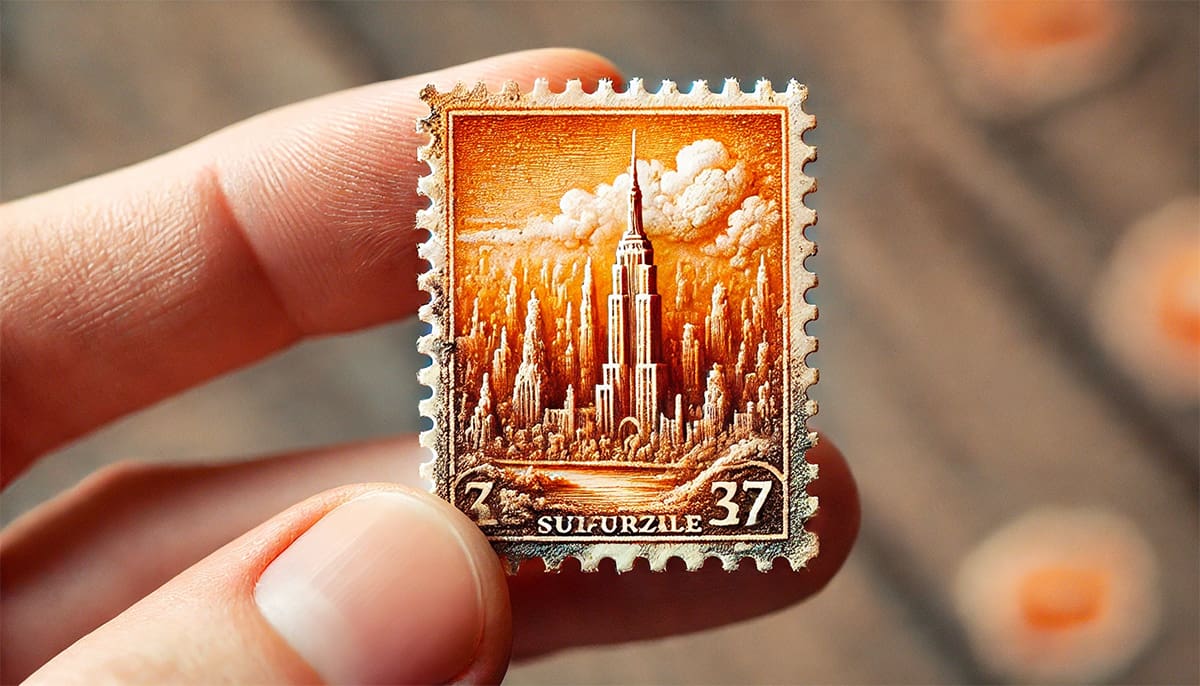

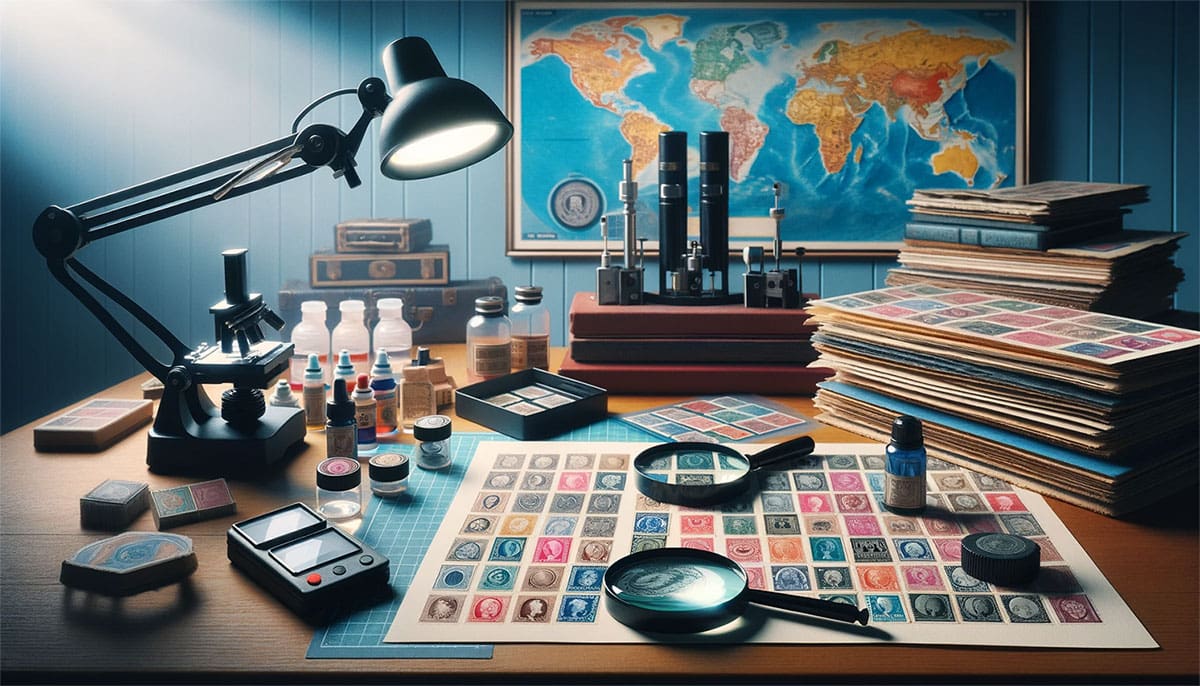

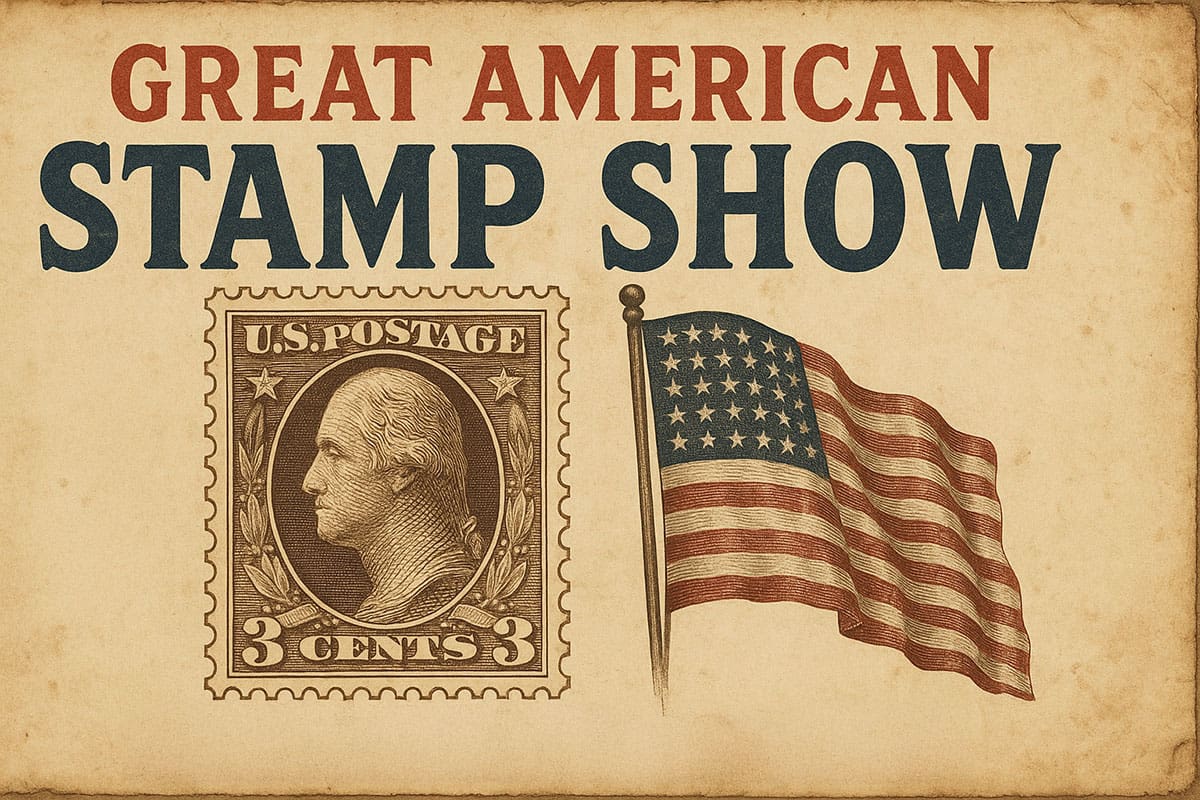

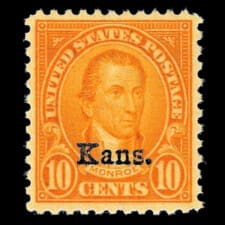
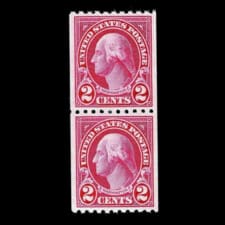
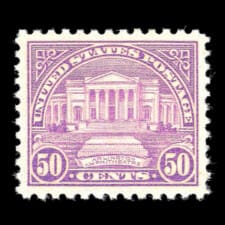
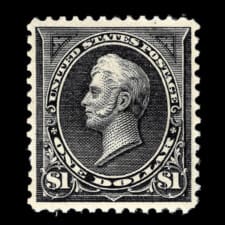

Ask A Question Or Leave A Comment